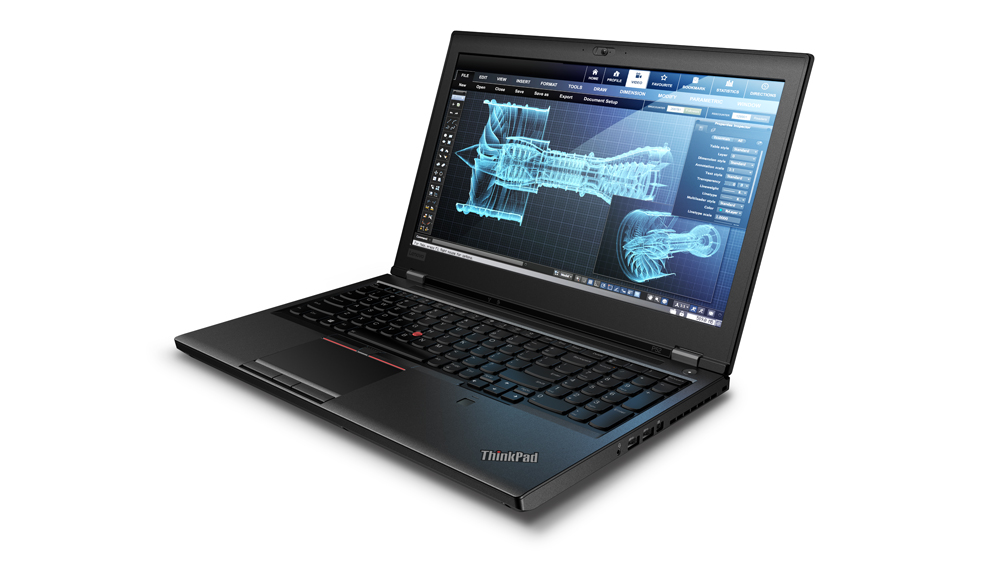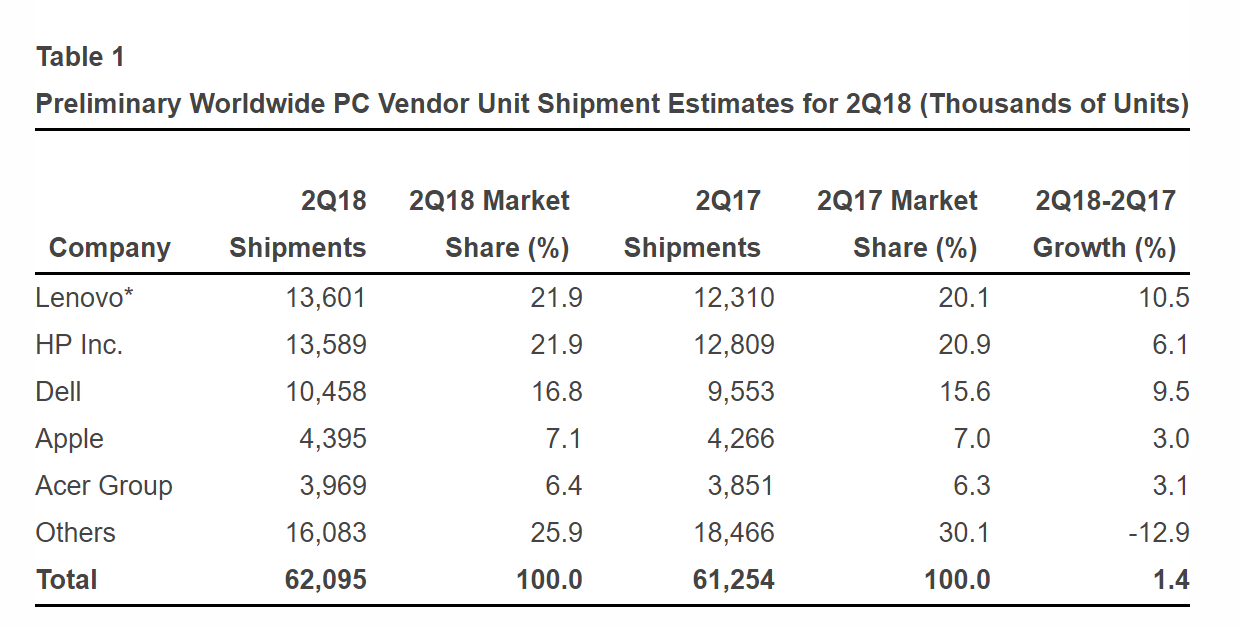PC sales are up for the first time in 6 years, but it's not due to you
5 min. read
Published on
Read our disclosure page to find out how can you help MSPoweruser sustain the editorial team Read more

Microsoft has become an increasingly enterprise-focused company, but part of the reason for this may be that it is mainly consumers who are moving away from Microsoft operating systems and services. Companies, always Microsoft’s strong point in terms of revenue and support, are still very much married to Microsoft and Windows, such that the retirement of Windows 7 has caused companies in large numbers to start the process of migrating to Windows 10, which in most cases meant buying new PCs.
Gartner reports that this replacement cycle drove a 1.4% increase in PC sales in Q2 2018, with a total of 62.1 million PCs sold. This is the first quarter of year-over-year global PC shipment growth since the first quarter of 2012.
“PC shipment growth in the second quarter of 2018 was driven by demand in the business market, which was offset by declining shipments in the consumer segment,” said Mikako Kitagawa, principal analyst at Gartner. “In the consumer space, the fundamental market structure, due to changes on PC user behavior, still remains, and continues to impact market growth. Consumers are using their smartphones for even more daily tasks, such as checking social media, calendaring, banking and shopping, which is reducing the need for a consumer PC.
Windows 7 support is officially ending in 2020, and Gartner expects the PC replacement cycle will end soon after however.
“In the business segment, PC momentum will weaken in two years when the replacement peak for Windows 10 passes. PC vendors should look for ways to maintain growth in the business market as the Windows 10 upgrade cycle tails off.”
All of the top five PC vendors experienced an increase in worldwide PC shipments in the quarter. The numbers exclude iPads and Chromebooks but include Surface PCs.
The individual company results add some complexity, and despite growth in education sales in USA, there is still a lot of pressure from Chromebooks in the area, which grew 8% in USA.
With the completion of Lenovo’s joint venture with Fujitsu, three out of four PCs were shipped by the top five PC vendors in the second quarter of 2018. With the inclusion of Fujitsu’s PC shipments due to the joint venture (a formation of Joint Venture with Fujitsu), Lenovo was in a virtual tie with HP Inc. for the top spot in the second quarter of 2018 based on global PC shipments (see Table 1). All of the top five PC vendors experienced an increase in worldwide PC shipments in the quarter.
HP Inc. had its third consecutive quarter of year-over-year PC shipment growth. HP Inc. maintained steady growth across all regions, except the U.S. In the other regions, its shipment growth well exceeded the regional averages. Lenovo experienced its highest growth rate since the first quarter of 2015.
While Dell’s competitors have shown PC shipment declines periodically in the past two years, Dell’s shipments did not decline during this time because of its strong focus on growth areas, especially in the commercial segment, as well as cutting off unprofitable businesses.
In the U.S. PC market, the industry returned to growth after six consecutive quarters of shipment declines. In the second quarter of 2018, U.S. PC shipments totaled 14.5 million units, a 1.7 percent increase from the same period last year (see Table 2). HP Inc. continued to be the market leader in the U.S., but Dell closed the gap, as Dell’s U.S. PC shipments increased 7.2 percent.
“In the U.S., business PC demand was particularly strong among the public sector as the second quarter is typically PC buying season among government and education buyers,” Ms. Kitagawa said. “Desk-based PC growth was attributed to continued high usage of desk-based PCs in the U.S. public sectors. Mobile PCs grew in the U.S., but strong Chromebook demand in the education market adversely affected PC growth. Overall, Chromebooks grew 8 percent in the U.S., but Chromebooks are not included in the PC market statistics.”
PC shipments in EMEA reached 17.4 million units in the second quarter of 2018, a 1.3 percent increase year over year. In Western Europe, demand was strong for business PCs in Germany and the U.K. Eurasia, which includes Russia, remained the growth region in EMEA. While the second quarter is usually a slower quarter in terms of PC demand, several countries, such as Russia, Ukraine and Kazakhstan, continued to see increasing consumer demand.
PC shipments in Asia/Pacific totaled 21.3 million units, a 0.1 percent increase from the second quarter of 2017. India, Indonesia, Thailand and other emerging markets in Asia showed improvement in the commercial segment due to demand for replacing aging PCs and upgrading to Windows 10. In China, PC shipments declined 3.6 percent year over year as some business procurements have been postponed to 2019, and the consumer market is saturated.
Given the continuing strong support for the PC in enterprise, was Microsoft right in swinging more towards this segment and away from consumer devices and services? Let us know below.









User forum
0 messages